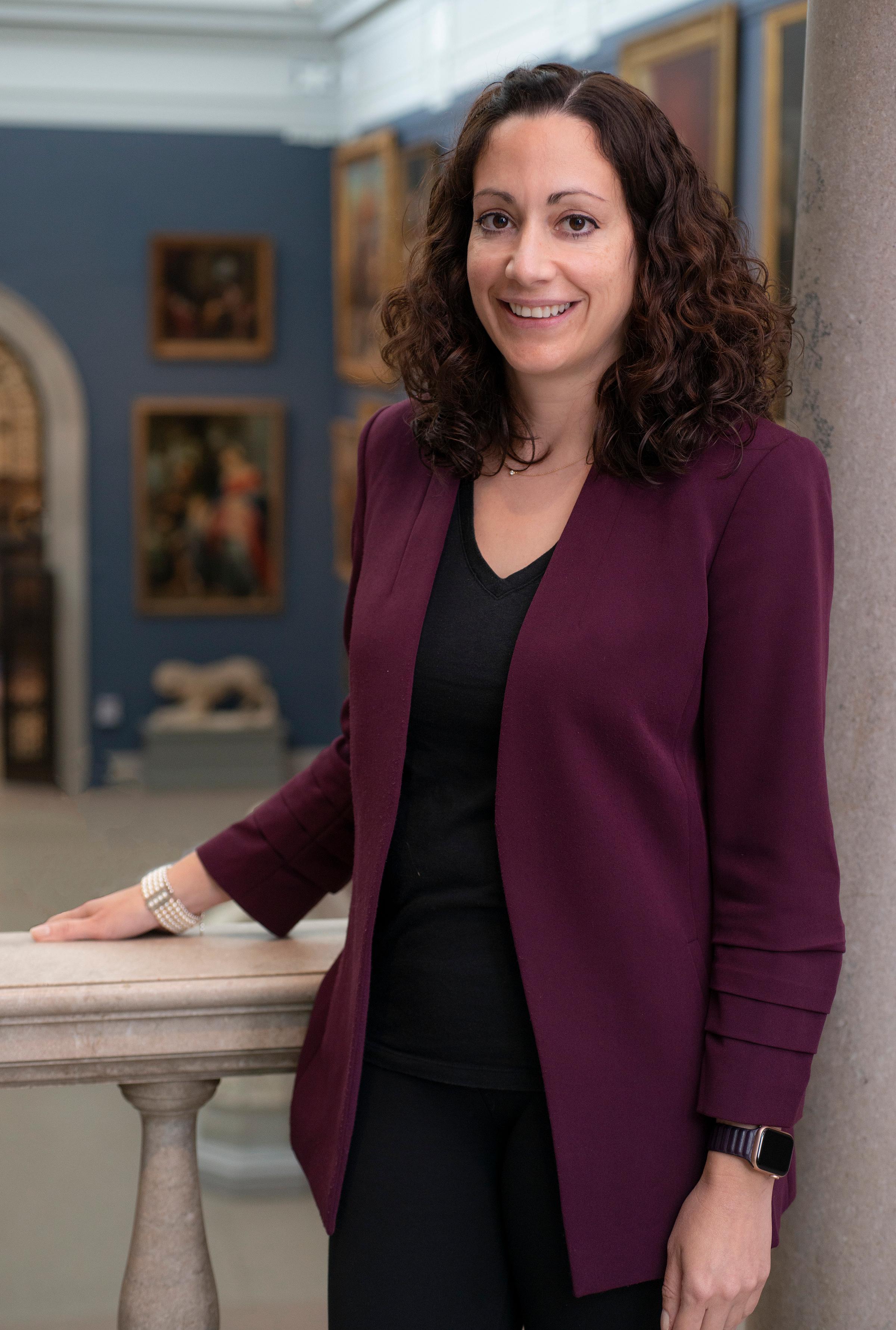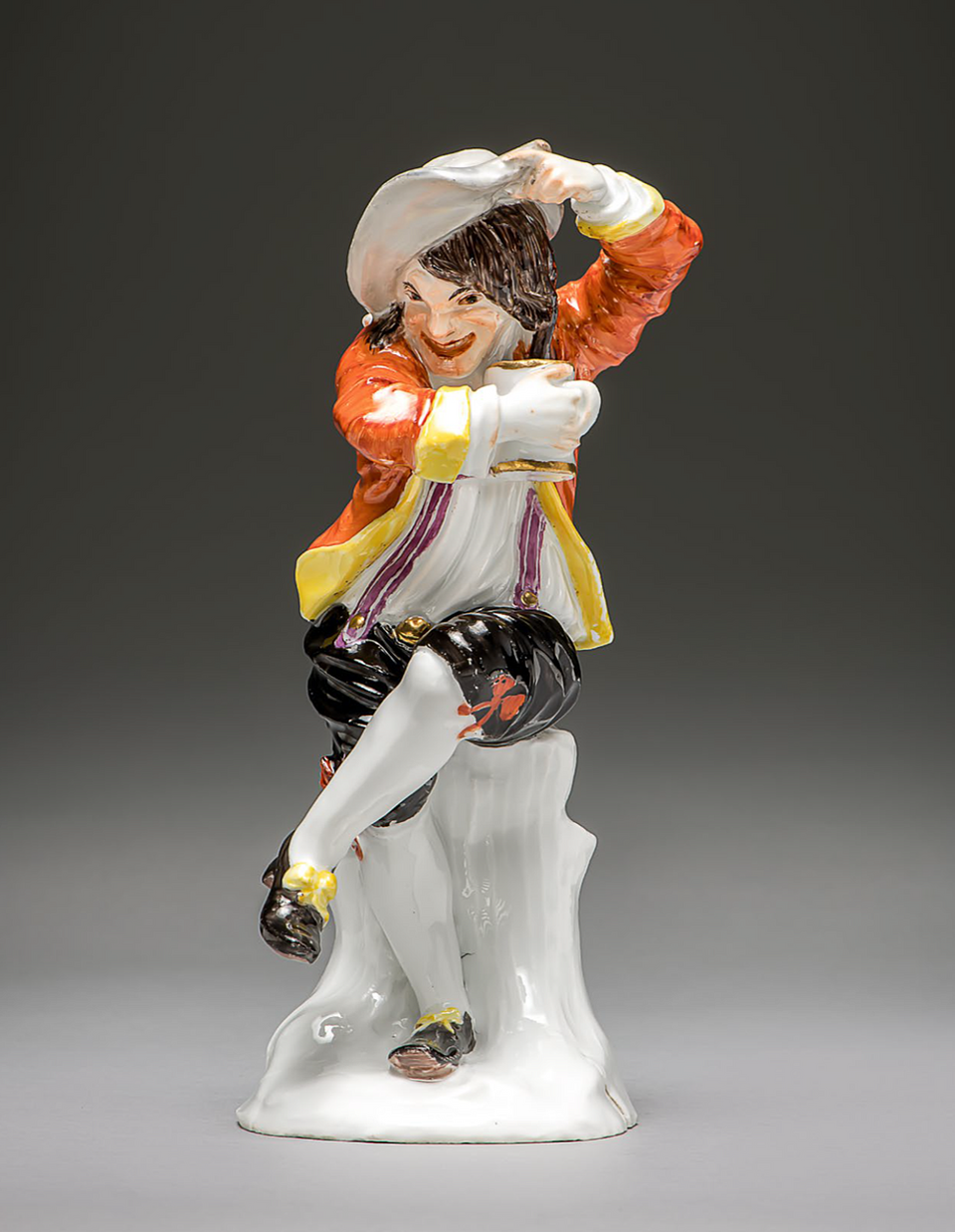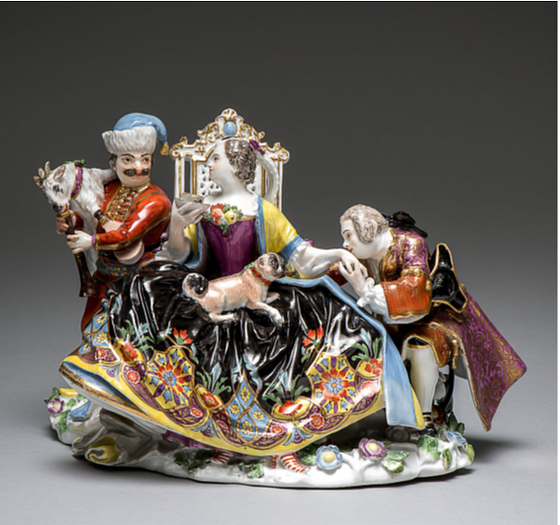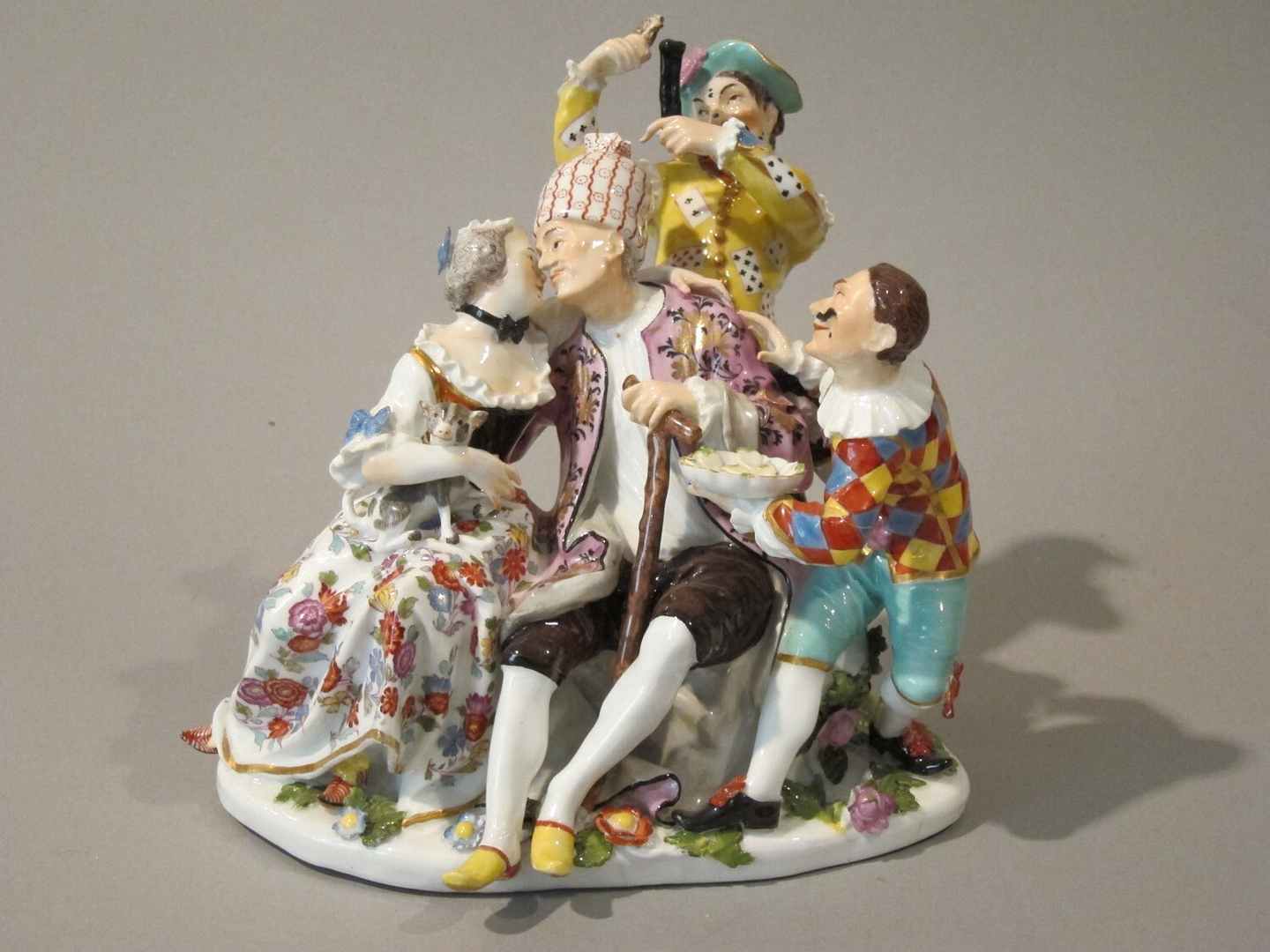A Walk Through Dresden: Eighteenth Century Meissen Porcelain with Vanessa Sigalas
Wadsworth Atheneum
Hartford
Nov. 1
My biggest takeaway from a fascinating lecture Dr. Vanessa Sigalas gave at the Wadsworth, on 18th century porcelain: Don’t call these pieces of art “figurines.”
“These porcelain figures and groups are genuine sculptures and deserve recognition as some of the finest examples within their genre,” she explained to meafter the lecture.
I was surprised to learn about both the long history of porcelain manufacturing and sculpting, and the ways these figures have contributed to our understanding of the past and how Europeans lived.

Sigalas guided a nearly packed audience through American Revolution-era Dresden. While the Colonies were still gearing up to fight for independence, Dresden had already existed for almost 600 years.
The porcelain figures produced there were not simply toys as I once thought. Porcelain was a way to miniaturize all of that culture and history. They represented the daily life of the people there, immortalized in an aesthetically pleasing, durable and portable fashion.

Even the story of how porcelain came to be made in Europe is a testament to the ingenuity and tenacity of German peoples, which made the country* a center for thought and progress in Europe. Porcelain originated in China, where the method to produce it was a closely guarded secret. After hundreds of years of failed attempts, the recipe was finally replicated by Johann Friedrich Böttger and Ehrenfried Walther von Tschirnhaus. Germany soon became the center of European porcelain.
Another surprise about the porcelain figures is how obsessively detailed they are. The facial expressions are sometimes humorous but always authentic, and the poses invite you into the activities the figures are engaged in, from drinking to dancing.
It’s the clothes that amazed me. The intricate designs aren’t just cloth thrown over the figures. The porcelain itself is crafted into flowing dresses, snappy justaucorps and other articles common for the era.

I asked Sigalas what drew her to studying porcelain figures in the first place. Her response: “Well, to begin with, I am German, so that naturally made things easier, especially when it comes to archival research. But my passion for ceramics goes way back to my childhood. My father, an auctioneer in Germany, had a deep appreciation for porcelain figures, and I guess I inherited his love for them.”
History is thought of as a broad sweep that covers the heights of human achievement and the depths of human cruelty. But history is also deeply personal. It represents the connection between one generation and the next; the passing down of knowledge, experience and love from father to daughter. Now that knowledge has been passed to me.

*To my fellow history buffs, no Germany was not a country in the 18th century, but it beats calling it the Holy Roman Empire for purposes of this article.
Note: Sigalas’ book, All Walks of Life: A Journey with The Alan Shimmerman Collection: Meissen Porcelain Figures of the Eighteenth Century, is available for purchase at the Atheneum’s online shop.
Next
The Wadsworth Atheneum has an exceptional, internationally renowned porcelain collection, including German (predominantly Meissen), French and other porcelains from around the world. The Atheneum is open Thursday-Sunday, noon‑5 p.m.
Jamil returns to the Wadsworth to celebrate the anniversary of hip-hop.






